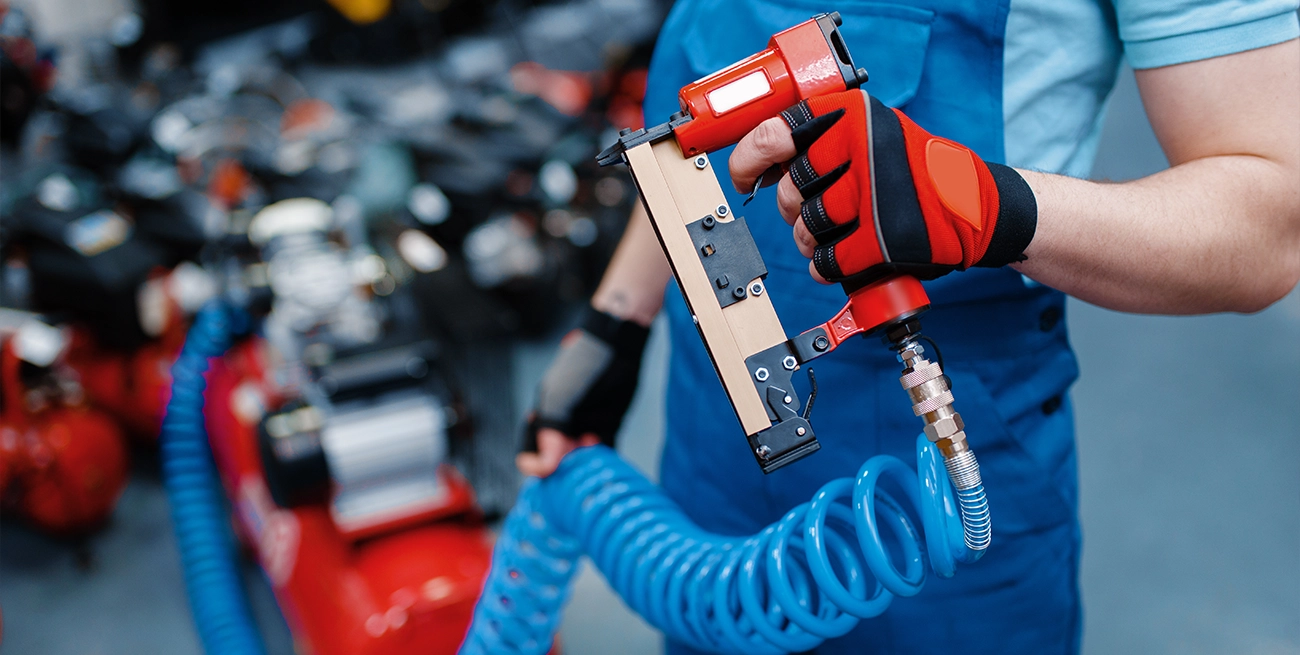Best Practices for Maintaining Pneumatic Tools in Industrial Settings

Walk through any busy industrial shop, and you’ll hear the steady hiss of compressed air powering everything from impact wrenches to sanders. Pneumatic tools are the backbone of countless operations, but they take a beating daily. Keeping them in prime condition isn’t complicated, but it does require consistency. A well-maintained tool lasts longer, performs better, and keeps downtime to a minimum. Neglect it, and you’ll be dealing with expensive repairs and frustrated workers.
Keep It Clean, Keep It Running
Pneumatic tools thrive in clean environments. Dust, moisture, and grime are their biggest enemies. It’s tempting to toss a tool on the bench after use and call it a day, but that’s an easy way to shorten its lifespan. A quick wipe-down and a blast of compressed air go a long way. If you’re working in a particularly dirty environment—think woodshops, machine shops, or construction sites—investing in an inline air filter is a game-changer. It catches debris before it even enters the tool.
Moisture: The Silent Killer
Air compressors pull in ambient air, and with that comes moisture. Over time, water buildup inside pneumatic tools leads to corrosion, sticky triggers, and sluggish performance. Drain the compressor tank daily, and if you’re in a humid environment, consider adding a dryer to the system. Inline filters also help, but they won’t do much if the main compressor is pushing out water-laden air.
Lubrication: A Few Drops Make a Difference
Lack of lubrication is a surefire way to burn out a pneumatic tool. A couple of drops of air tool oil before each use keeps internal components moving smoothly. Some shops use inline oilers, which automatically meter out oil, but a manual approach works just as well. Just don’t overdo it—too much oil can collect dirt and gum up the works. Always use oil specifically designed for pneumatic tools; standard motor oil is too thick and can cause more harm than good.
Inspect Hoses and Fittings Regularly
A weak or damaged air hose can choke tool performance. Cracks, kinks, and leaks lead to pressure drops, forcing tools to work harder than necessary. A quick check before plugging in a tool saves a lot of headaches. Fittings should be snug, but don’t overtighten them—stripping threads or cracking couplings is a real risk. Keeping spare hoses and couplings on hand ensures that a minor issue doesn’t halt production.
Pressure Matters More Than You Think
Running tools at the wrong pressure wears them out quickly. Most pneumatic tools have a recommended PSI (pounds per square inch) range—sticking to it ensures they run efficiently. Too little pressure, and they strain to perform. Too much, and internal seals and components take unnecessary damage. Regulators help maintain a steady flow, and having pressure gauges at key points in the system prevents guessing.
Storage: Don’t Just Toss It in a Drawer
Proper storage keeps pneumatic tools in working order. Hanging tools on a pegboard or storing them in a designated drawer with foam inserts prevents accidental drops and unnecessary exposure to dust and debris. Disconnecting tools from the air supply when not in use avoids unnecessary strain on fittings and prevents unexpected activation.
Don’t Ignore the Small Stuff
A sticky trigger, a slow-moving ratchet, or an impact wrench that doesn’t hit as hard as it used to—these aren’t just annoyances; they’re warning signs. Minor issues become big problems if ignored. A quick breakdown and cleaning can often restore performance. Keeping a basic repair kit with O-rings, seals, and lubrication ensures minor fixes can be handled on the spot instead of sending tools out for repair.
Training: Everyone Needs a Refresher
Even experienced workers can develop bad habits. A brief refresher on proper tool use and maintenance goes a long way. New hires should be trained on how to properly connect, use, and store pneumatic tools. A few minutes spent educating workers on air pressure, lubrication, and cleaning saves thousands in unnecessary repairs.
Know When to Retire a Tool
At some point, a tool reaches the end of its life. If repairs become more frequent and performance continues to drop, replacing the tool is often more cost-effective than constantly fixing it. Holding onto a worn-out tool just because it still technically works usually results in decreased productivity and frustration.
The Cost of Neglect
A poorly maintained pneumatic tool isn’t just a minor inconvenience—it can impact the entire operation. Sluggish tools slow down production, unexpected failures create downtime, and replacement costs add up quickly. A simple daily routine of cleaning, lubricating, and inspecting tools keeps everything running smoothly.
Wrapping Up
Taking care of pneumatic tools isn’t complicated, but it does require diligence. The effort pays off in fewer breakdowns, better performance, and longer tool life. If you’ve ever fought with an air tool that wasn’t working right, you know how frustrating it can be. A little maintenance goes a long way—keep those tools clean, lubricated, and properly stored, and they’ll return the favor with years of reliable service.


